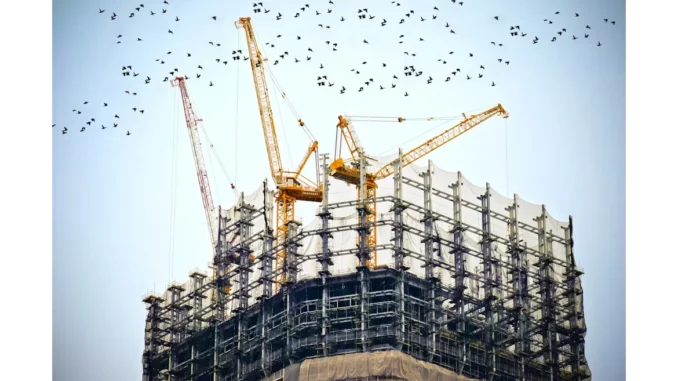
In the evolving landscape of building energy efficiency, a comprehensive understanding of both Psi-values and U-values is increasingly essential. These metrics serve as pivotal indicators of heat loss within a building, offering critical insights into its thermal performance and overall energy efficiency. While U-values quantify the rate of heat transfer through a square metre of an individual thermal element such as a wall or roof, Psi-values specifically address the heat loss occurring at junctions between these elements, known as thermal bridges. These junctions, including areas where walls meet floors or roofs, represent crucial points where heat can readily escape, potentially undermining a building’s energy efficiency.
Successful low-energy building design hinges on careful planning. Focus360 Energy can help.
The significance of Psi-values is gaining recognition, particularly in light of evolving building regulations. Historically, these values were often undervalued, with many relying on generic or outdated standards. However, as insulation standards have improved, the impact of thermal bridging has become more pronounced, sometimes accounting for as much as 30% of a building’s total heat loss. This underscores the necessity for precise Psi-value calculations to accurately assess and enhance a building’s energy performance.
Recent updates to building regulations, notably within the United Kingdom, have highlighted the demand for more exact Psi-value assessments. The Standard Assessment Procedure (SAP), a tool used to gauge a building’s energy efficiency, now mandates more meticulous intake of Psi-values. Previously, assessors could utilise the government’s Accredited Construction Details (ACDs) as a source of standardised Psi-values for various junctions. However, these have been considered outdated and have been removed from the current SAP version. This regulatory shift compels developers to adopt either updated, product-specific Psi-value calculations or to contend with less advantageous default values, thereby promoting a higher standard of precision and responsibility in building design.
The discontinuation of ACDs reflects a broader movement towards enhanced accuracy and accountability in the construction industry. Developers now face two primary choices: employ certified assemblies from manufacturers with established Psi-values or commission bespoke calculations from trained specialists. This transition not only influences SAP assessments but also significantly affects the overall design and construction process. By engaging more deeply with Psi-values, developers are encouraged to adopt a more proactive approach to thermal bridging, integrating it as a fundamental component of their energy efficiency strategies.
Focusing on minimising Psi-values is imperative for optimising a building’s energy efficiency. Lower Psi-values indicate reduced heat loss at junctions, thereby contributing to a building’s overall thermal performance. This attention to detail is particularly crucial as improvements in other areas, such as U-values and airtightness, advance. The emphasis on accurate Psi-values aligns with the wider objective of constructing buildings that not only meet regulatory standards but also embody environmental sustainability principles.
This shift towards precise Psi-value calculations marks a significant advancement in the pursuit of building energy efficiency. It challenges developers to critically evaluate the role of thermal bridging in a building’s performance, driving the industry towards more sustainable practices. By prioritising Psi-values, the construction sector can make substantial progress in reducing energy consumption and mitigating carbon emissions, ultimately contributing to a more sustainable built environment. The enhanced focus on thermal bridging not only aligns with regulatory demands but also plays a crucial role in the broader effort to achieve energy-efficient, environmentally responsible construction practices.


Be the first to comment